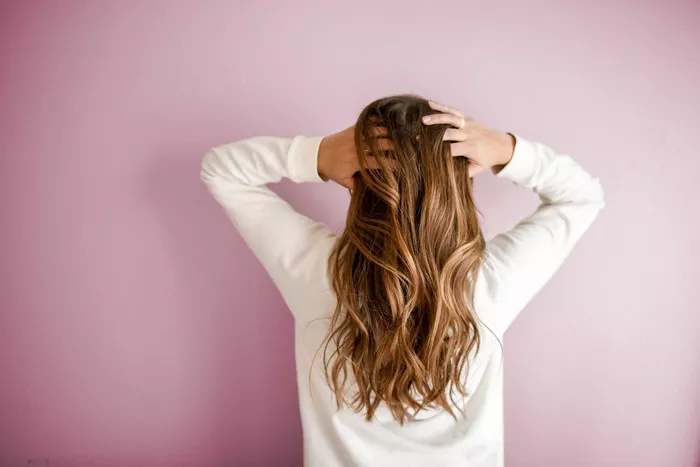In the hustle and bustle of life, it’s easy to let hair care take a back seat. From washing and conditioning to drying and styling, the daily routine can become overwhelming, leaving hair neglected. Over time, this neglect can lead to breakage and the dreaded appearance of split ends.
Split ends, technically known as trichoptilosis, occur when the hair shaft frays or splits into two or more fragments at the tip. This happens when the protective outer layer of the hair cuticle is damaged or worn away, exposing the inner core and making each strand vulnerable to splitting and snapping.
The result is not a clean break but jagged ends with splits and ridges. If left unaddressed, these jagged ends can continue to split further up the hair shaft, causing more damage. The oldest part of the hair strand, the ends, is most susceptible to this issue as it may have dried out without the nourishment of natural scalp oils reaching it.
Various factors contribute to split ends, including excessive heat (from blow drying and heated styling tools), chemical treatments (like straightening or lightening), harsh brushing, exposure to environmental elements (such as the sun and wind), over-washing, and a lack of proper hair care.
Unfortunately, once split ends occur, there is no way to fully repair the hair and fix the splits. Bond-repairing treatments can help prevent the damage from reaching this point. The only effective solution for split ends is to trim the affected hair above the split. Therefore, for those aiming to grow long and healthy hair, regular trims are recommended to maintain healthy ends and an even length.
There are products like split-end mending serums, leave-in treatment conditioners, and masks that temporarily seal the outer layer of strands and smooth them down, making the split ends appear less noticeable and the hair feel softer. These products should be applied sparingly to the very ends of the hair.
To prevent split ends from forming in the first place, there are several proactive steps you can take:
1. Handle Wet Hair Gently:
Wet hair is more fragile as it swells and stretches when exposed to water. Avoid rough brushing or tugging on wet hair. Instead, use a wide-tooth comb to gently detangle, and consider using a hair mask or detangler for added slip.
2. Mind the Water Temperature:
When washing your hair, use medium to cool water instead of excessively hot water, as hot water can be harsh on hair.
3. Be Careful with Towel Drying:
After washing, gently blot excess water from your hair using a towel or a microfiber hair towel. Avoid vigorous rubbing, which can cause friction and damage.
4. Use the Right Hair Accessories:
Opt for hair accessories like silk scrunchies or claw clips that won’t snag or pull on your hair. Avoid using rubber bands or accessories with metal. Additionally, try not to repeatedly tie your hair up in the same hairstyle to prevent breakage in one spot.
5. Deep Conditioning:
Periodically use a nourishing hair mask or hair oil to provide deep conditioning and moisture to your hair.
By following these preventative measures and providing your hair with the care it needs, you can help maintain healthy, full-looking hair and reduce the likelihood of encountering split ends.


